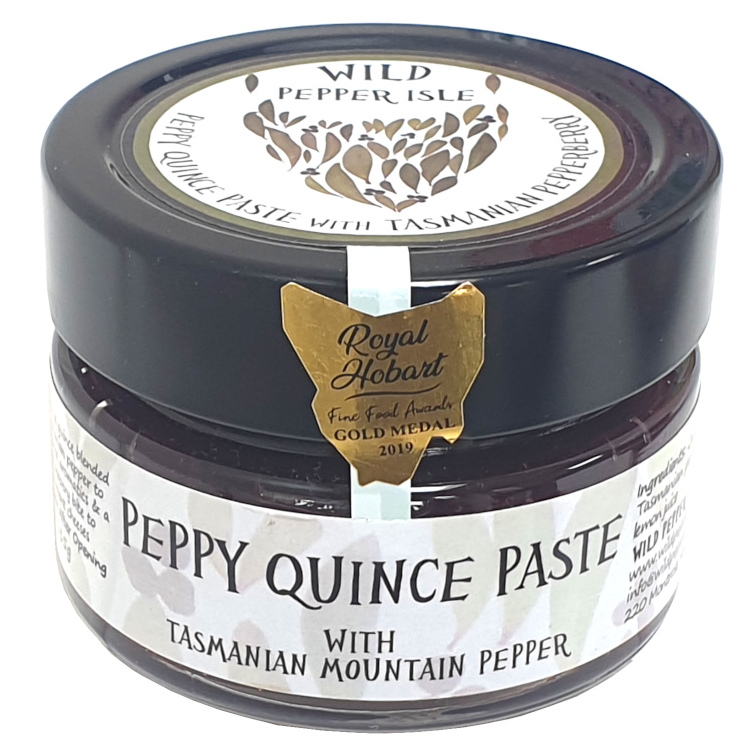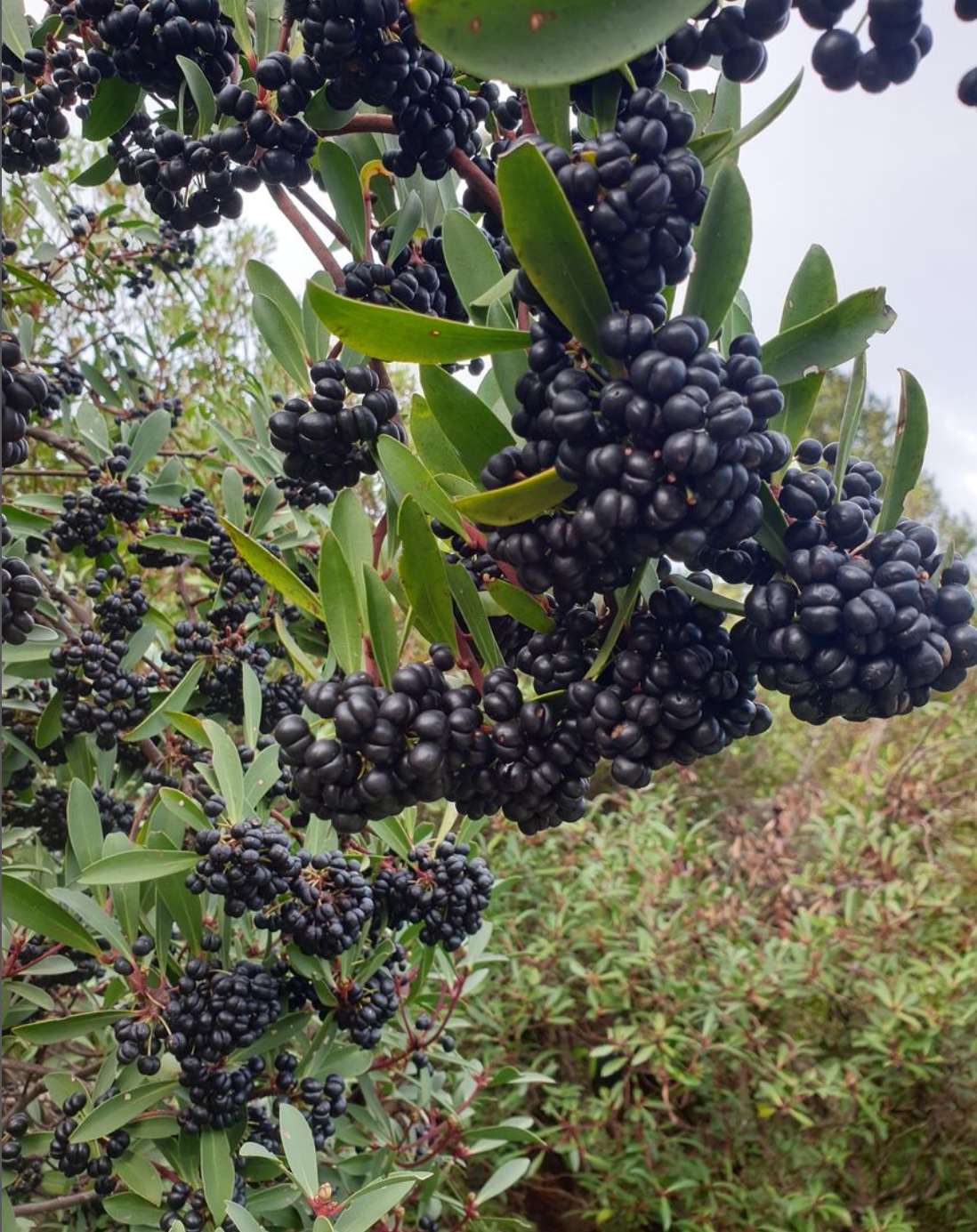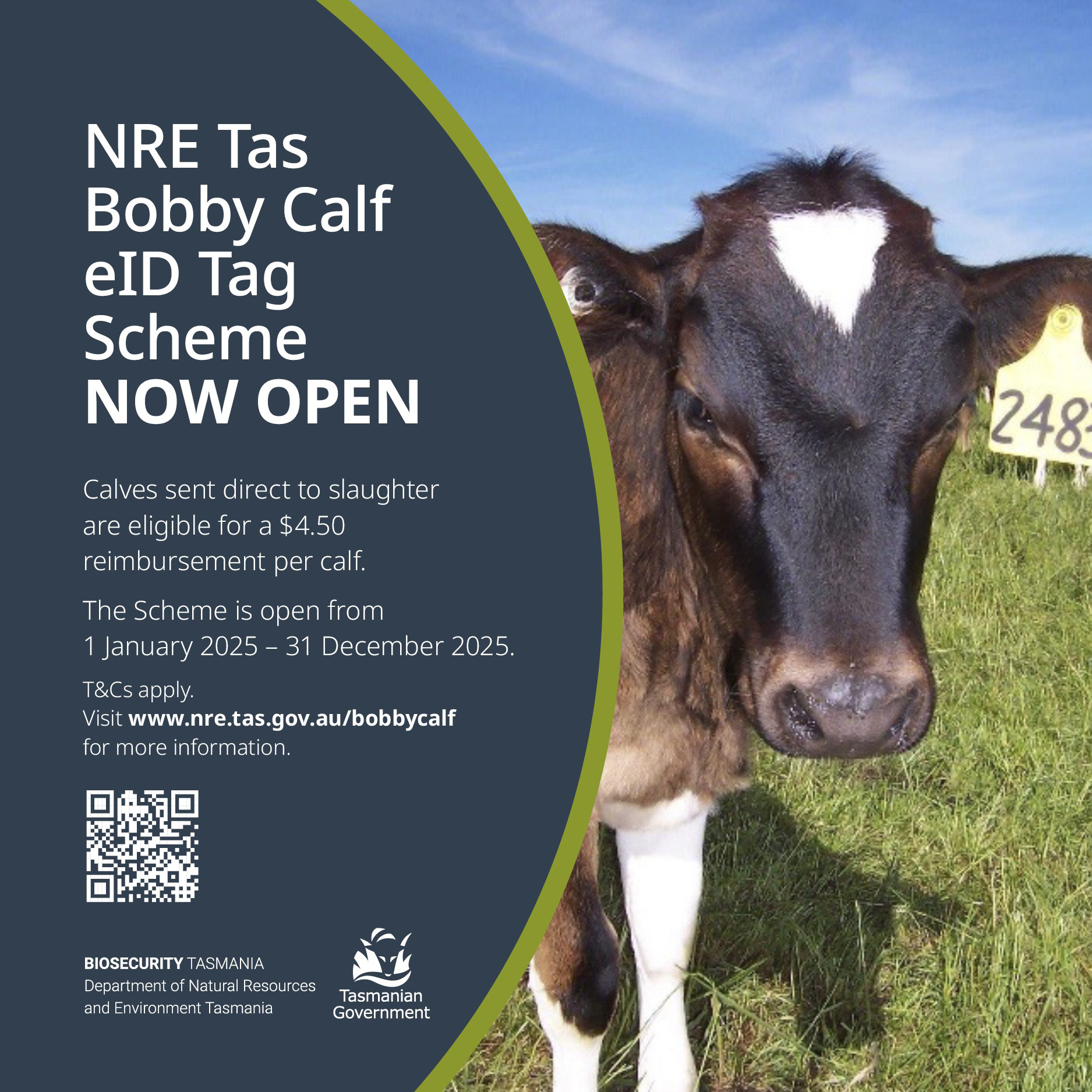Trials and tribulations of a pepper picker
At the top of Mt Ponsonby in the Southern Midlands, bushes of Tasmannia Lanceolata—commonly known as native pepperberry—dominate the landscape.
The 250ha property, with 30ha of pepperberry, is owned by Chris Chapman and his partner Anna who purchased the mountain top in 2021.
Their aim was to expand their pepperberry operation, Wild Pepper Isle, and to transition from a wild harvest into more of a managed system.
Mr Chapman, who has a PhD in microbiology and grew up in Tasmania, founded Wild Pepper Isle in 2015. He had always been familiar with native pepper from his days bushwalking around the state and recognised its promise as a business venture.
“For so many years I didn’t know what I wanted to do and then once I got involved with pepperberry it was one foot in front of the other,” Mr Chapman said.
“It’s such a young industry with so much opportunity not to mention being so quintessentially Tasmanian.”
What started out as picking large quantities of pepperberries from forested areas around the state, soon evolved into making value-added pepper berry products.

Their first product, peppy quince paste, gained attention when it was picked up by Bruny Island Cheese Company who used it in their cheese platters.
Today, Wild Pepper Isle offers nearly 20 different pepperberry products ranging from sauces, jellies and syrups, to teas, dukka and selling the pepper wholesale.
The products are sold online, at markets, and at specialty supermarkets around the state.
Pepper harvesting season begins in March and goes throughout Autumn.
For Wild Pepper Isle, harvesting involves foraging for pepperberries on Mt Ponsonby and other locations across Tasmania.
The process of harvesting is manual and labour-intensive with some long days spent picking, washing and drying the berries.
“Sometimes we’re picking dawn to dusk—we’re not here to do anything else,” Mr Chapman said.
“We have a small team of pickers, and we go into certain areas and camp and use a large basket with a large catch attached to our bodies with a large belt.”
Mr Chapman says he has agreements with private landowners to pick and take selections of their plants to collect the best genetics for their orchard area on Mt Ponsonby.
Pepperberries have a variety of usages. Mr Chapman says they can be used in place of traditional imported pepper and in both sweet and savoury dishes.
“We usually say the flavour is cross between a Sichuan pepper and a plum,” he said.
The biggest yield harvested from Mt Ponsonby was in 2017 when they picked seven tonnes just from that property alone.
However, in recent years Mr Chapman says their yields have been a lot lower.
This year, for example, they harvested around two to three tonnes of fruit.
Despite facing challenges like fluctuating yields and seasonality issues, Mr Chapman has realised both the possibilities and the limitations of the pepperberry industry.
“Some years the hills are black with berries and other years there is nothing to pick at all,” he said.
Another challenge for the Mt Ponsonby property has been dealing with a moth pest.
“It hasn’t been the best year for picking due to a caterpillar/moth pest that eats the flowers and the growing tips resulting in no berries,” Mr Chapman said.
The moth problem led Mr Chapman to a scientist at Utas— a world expert when it comes to the moth. Together they are looking for ways to save the pepperberry plants on Mt Ponsonby by running experiments such as mating disturbances.
The mating disturbance involves synthetically recreating the female moths’ pheromones to disturb mating and further population growth of the pest.
However, Mr Chapman says that the pest hasn’t been too much of a problem as they harvest at various locations.
The Chapmans have eyes on pepperberry sites all over the state which allows them to see which areas the pepper grows best.
“Because we get around so many different sites we get a broad view of the differences amongst the plants, it’s a unique opportunity,” Mr Chapman said.
“There’s a huge variability in individual plants from whether you’re picking from bushes close to sea level or bushes that are 900m above that.”
Aside from the pest, Mr Chapman acknowledges the potential of pepperberries is met by the persistent issue of seasonality.
“The demand outstrips the supply always and what can end up happening is we get buyers who might be making a product with the pepper that does great and then they encounter the supply issue, so they reduce production or lose interest.”
With this, a challenge for Wild Pepper Isle is to continue to grow their operation until their supply grows and this, Mr Chapman says, will come down to making sure they have pepperberry available year-round using things like drying and freeze-drying.
“It’s a dried stable product so if we’ve got enough stored away then we have something to sell across a year or two.”

The couple are currently working on diversifying their land by planting flowering plants to not only add to biodiversity, but to attract insects that aid in pest control.
Mr Chapman puts emphasis into the importance of putting nutrients back into the system and looking after the environment by making sure not to alter anything too substantially.
In the future, Mr Chapman hopes to make a positive contribution to the native pepper industry and help it to grow.
“Our overarching goal is to promote awareness of pepper berry, make a contribution to genetics, and continue to develop premium value products.”
“It would be nice if we could create something here to leave behind including what we’ve learned and the information we’ve found.”
“We’re just a small fry in this industry, we want to make a positive contribution but I don’t want to overstate our role, we’re just having fun on this hill up here.”




Add new comment
Comments
pepperberry
Great article Bronwyn - thanks so much!